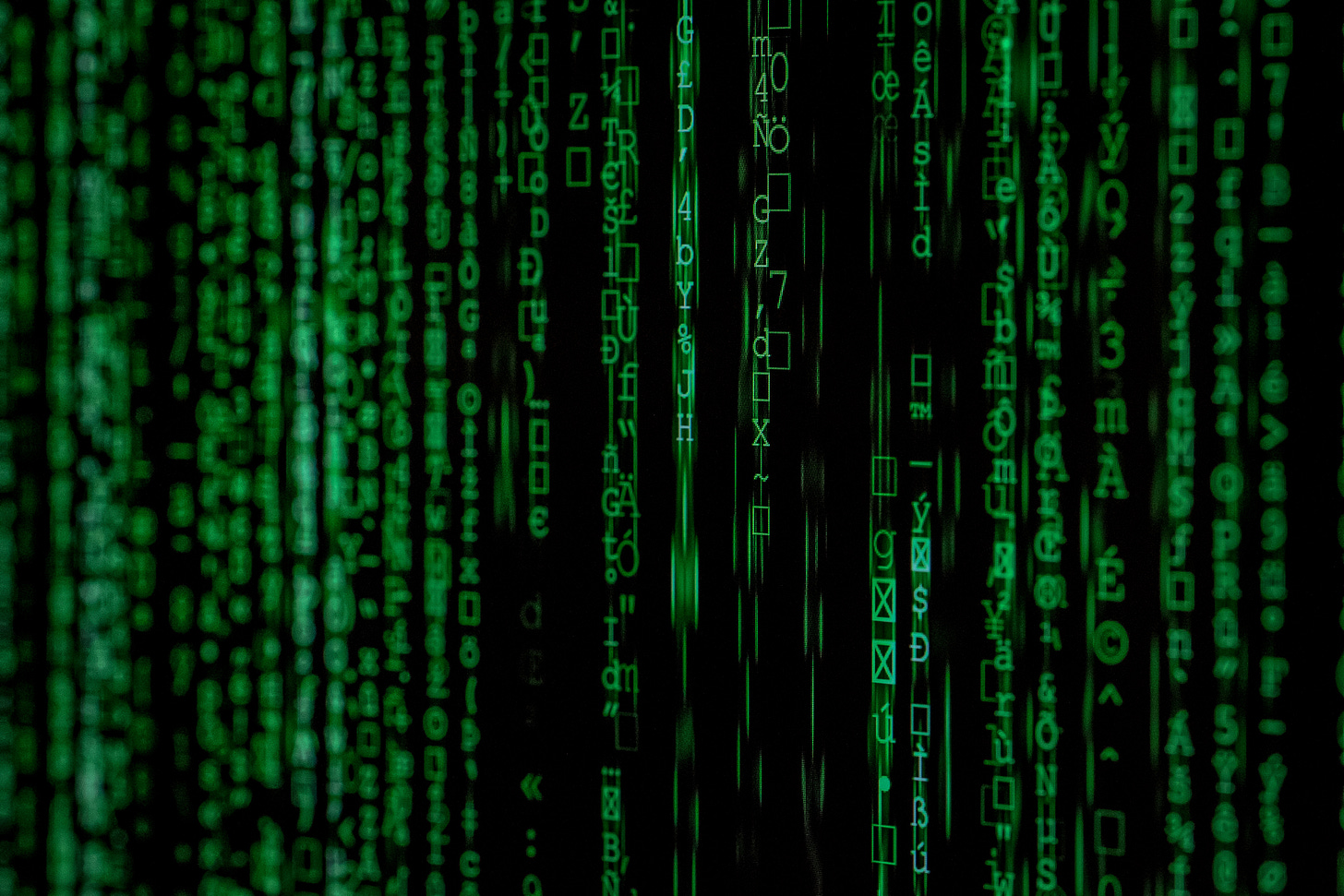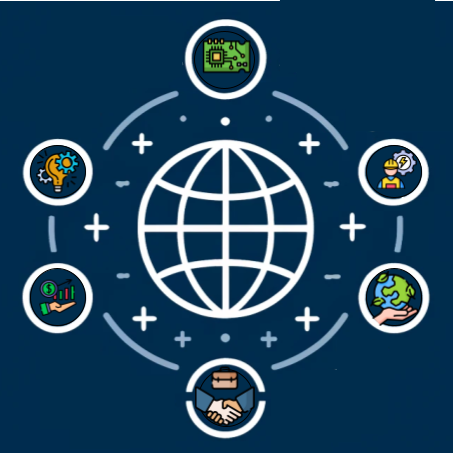Blockchain Is Not a Block with Chains on It: Demystified with a Simple Analogy
Blockchain is not a “block with chains on it“. It is only understandable for a beginner to know that. However, as blockchain continues to push for the frontier of web 3, the average person should know how it works, even if it is at a surface level.
World Wide Web (WWW) → Web 1.0
Mobile internet → Web 2.0
Blockchain → Web 3.0
Web 3.0 is currently in the early stages of development. The proliferation of blockchain technology and cryptocurrencies put out the possibility of personal data ownership. The ultimate goal is to build an open and decentralized version of the internet that provides users with increased value and security.
Web 2.0 is the version of the web most people use today, characterized by social media, user-generated content, and centralized platforms like Instagram, Google, LinkedIn and Amazon.
Web 3.0 is the next evolution, focusing on decentralization, blockchain technology, and user ownership of data. Unless you're actively using blockchain-based platforms, decentralized apps, or engaging with cryptocurrencies, you're primarily interacting with Web 2.0.
Let’s explain blockchain and the essence of Web 3.0 using a simple analogy:
Imagine you're part of a neighborhood where everyone grows their vegetables. In this neighborhood, people often trade their veggies with each other—say, trading your tomatoes for your neighbor’s carrots.
Blockchain technology operates on 5 main pillars:
distribution
encryption
immutability
tokenization
decentralization
In the past, when you wanted to trade, you might go to the local marketplace (a third-party intermediary) to exchange your veggies. The marketplace charges a small fee or takes a portion of your veggies as payment for facilitating the trade.
Blockchain eliminates a third-party intermediary:
Now, imagine you and your neighbors decide to eliminate the marketplace and create a new system to trade directly with each other. This system is like a registration or log record that everyone can see and update, but no one person controls. In other words, there is no central power or authority, or decentralized.
I hope your brain clicked right there! If not, let us dive in-depth into each of the 5 pillars.
Distribution:
The log isn’t kept in one central location (like at the marketplace). Instead, everyone in the neighborhood has a copy of the record log, so everyone knows what trades have happened.
Encryption:
To ensure no one cheats by adding fake trades or changing past ones, each entry in the ledger is locked with a special code (like a secret language). Only those who are involved in the trade have access to it.
Immutability:
Once you record a trade in the ledger, it can’t be erased or changed. It’s like writing in a marker instead of pencil—permanent and unchangeable.
Tokenization:
Instead of trading physical vegetables in real blockchain, you create tokens that represent the value of your vegetables. These tokens can be traded, but they can also represent other things like services or digital goods.
Decentralization:
This is the trickiest part. There’s no central authority or marketplace that oversees the trades. Instead, everyone in the neighborhood has equal power in maintaining and updating the record log. This makes it harder for any one person to cheat the system or control the trades.
Creating a Trusted Environment:
By combining these elements, you and your neighbors have created a system where everyone trusts the trades because they can see and verify everything themselves. No one needs to rely on the marketplace or worry about someone taking a cut of the value.
Decentralization makes Web 3.0 challenging:
It requires everyone to work together, and if even one person doesn’t play fair, it can mess things up for the whole system.
In summary, blockchain is like a neighborhood trading system where trust is built by distributing the record log, securing it with encryption, ensuring nothing gets changed, representing value with tokens, and doing it all without a central authority. But getting everyone to cooperate (decentralization) is the hardest part.



